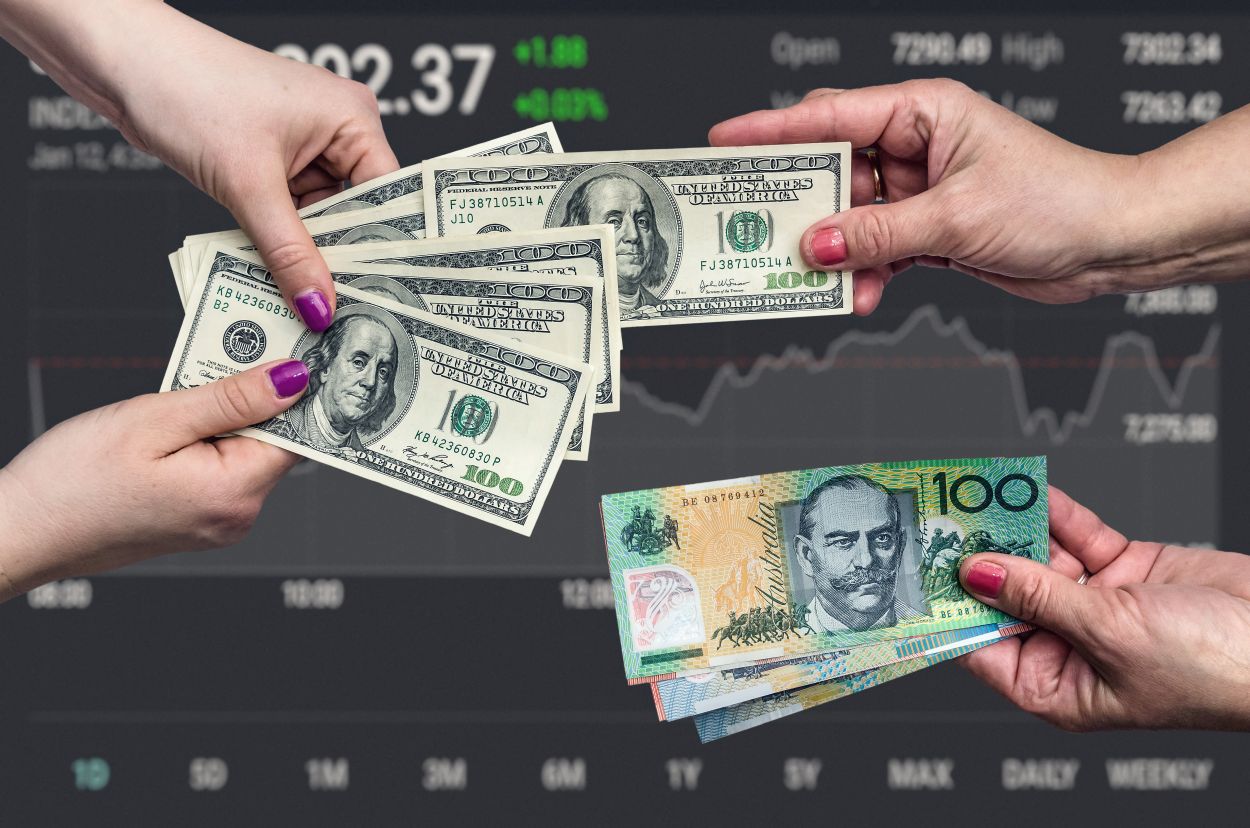Stress is mounting in financial markets around the world. In the UK, government bond yields rose and the pound fell sharply, forcing the Treasury and the Bank of England to issue statements in an attempt to calm the markets. The Japanese government intervened in the currency markets for the first time since 1998 to stem the fall of the yen. In China, the central bank has increased reserve requirements for foreign exchange transactions in an attempt to limit the outflow of foreign currency. The turmoil is caused by the constant growth of the dollar and the increase in interest rates in many countries. At the same time, a significant decrease in voltage in the foreseeable future is not expected.
Each market has its own characteristics. The new British government is planning the largest tax cut in the country in half a century. Japan is trying to keep interest rates at a minimum level, which is contrary to the global trend. The Chinese government is grappling with the fallout from a „zero Covid” policy that has isolated the country from the rest of the world.
However, they all face the same problems. Most of the world’s currencies fell markedly against the dollar. The Dxy Index, which measures the value of the dollar against a basket of rich-country currencies, is up 18% this year, hitting a 20-year high. Markets are in a fever due to the ongoing inflation in America and the simultaneous tightening of monetary policy.
Shortly before last week’s wild swings, the Bank for International Settlements noted that financial conditions have changed as central bank commitments to raise interest rates have already been priced in by markets and liquidity in the US government bond market has shrunk. After a short and modest rise in August, global stock indices hit new yearly lows, with the MSCI All Country World Index shedding 25% in 2022. Stress is observed in other markets as well. U.S. junk bond yields are back to nearly 9%, more than double what they were a year ago, according to Bloomberg. BBB-rated investment-grade corporate bonds are yielding nearly 6%, the highest in 13 years.
Gloomy prospects
CFOs of corporations, investors and ministries of finance are waiting for volatility. They provide hedging and make plans accordingly. However, current conditions far exceed expectations. Just a year ago, few experts predicted double-digit inflation in many parts of the world. When markets perform worse than previously expected, problems arise and policymakers face negative alternatives.
It is clear that the Federal Reserve seeks to stop inflation at all costs. After the central bank announced the latest rate hike on Sept. 21, Chairman Jerome Powell said the chances of a soft landing for the US economy are dwindling, but the Fed is determined to bring inflation down nonetheless. A study published by Bank of America found that from 1980 to 2020, when inflation rose above 5% in rich countries, it took an average of ten years for it to fall to 2%.
Expectations for global growth are rapidly declining. According to new forecasts released on September 26, the OECD expects world GDP to grow by just 3% this year, compared to 4.5% forecast in December. In 2023, growth of only 2.2% is expected. This led to a fall in commodity prices. Brent is back at around $85, its lowest since mid-January. Copper prices on the London Metal Exchange on September 26 fell to a two-month low. As the global economy weakens, companies may start to lower their earnings forecasts, following the lead of international shipping company FedEx, which warned of a „reduced global volume.” The increase in interest rates had a negative impact on share prices; a decrease in profits would also become painful.
A slowdown in growth may not lead to a weaker dollar. With investors looking for relative safety at the expense of the world’s reserve currency, the dollar often rises during downturns. This does not bode well for countries or companies around the world.
